Mosquitoes kill more than a million people every year by transmitting diseases such as malaria and dengue fever, making the insects the animal kingdom’s most prolific killer of humans by a wide margin. But what makes them so good at getting through our skin to access our bloodstream? Part of KQED’s science documentary series Deep Look, this short video offers a close-up of how female mosquitoes use a sophisticated set of evolutionary tools – essentially, six ultra-sharp needles – to pierce our skin and suck our blood.
What makes mosquitoes so good at getting under our skin?
Video by KQED Science and PBS Digital Studios
Producer: Gabriela Quirós
Narrator and Writer: Amy Standen
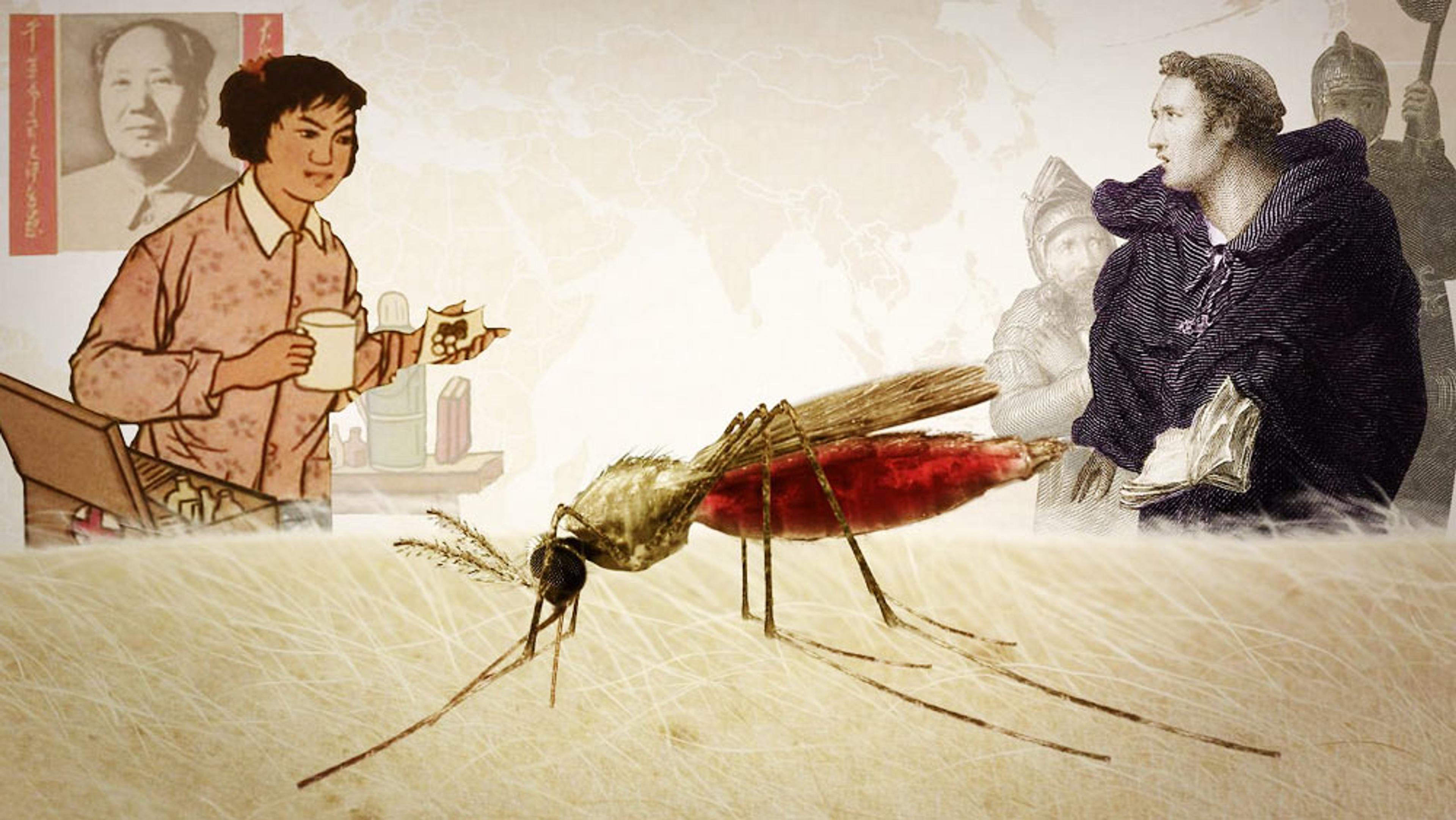
videoIllness and disease
Our fight against malaria is strange, cyclical and shows few signs of slowing
3 minutes
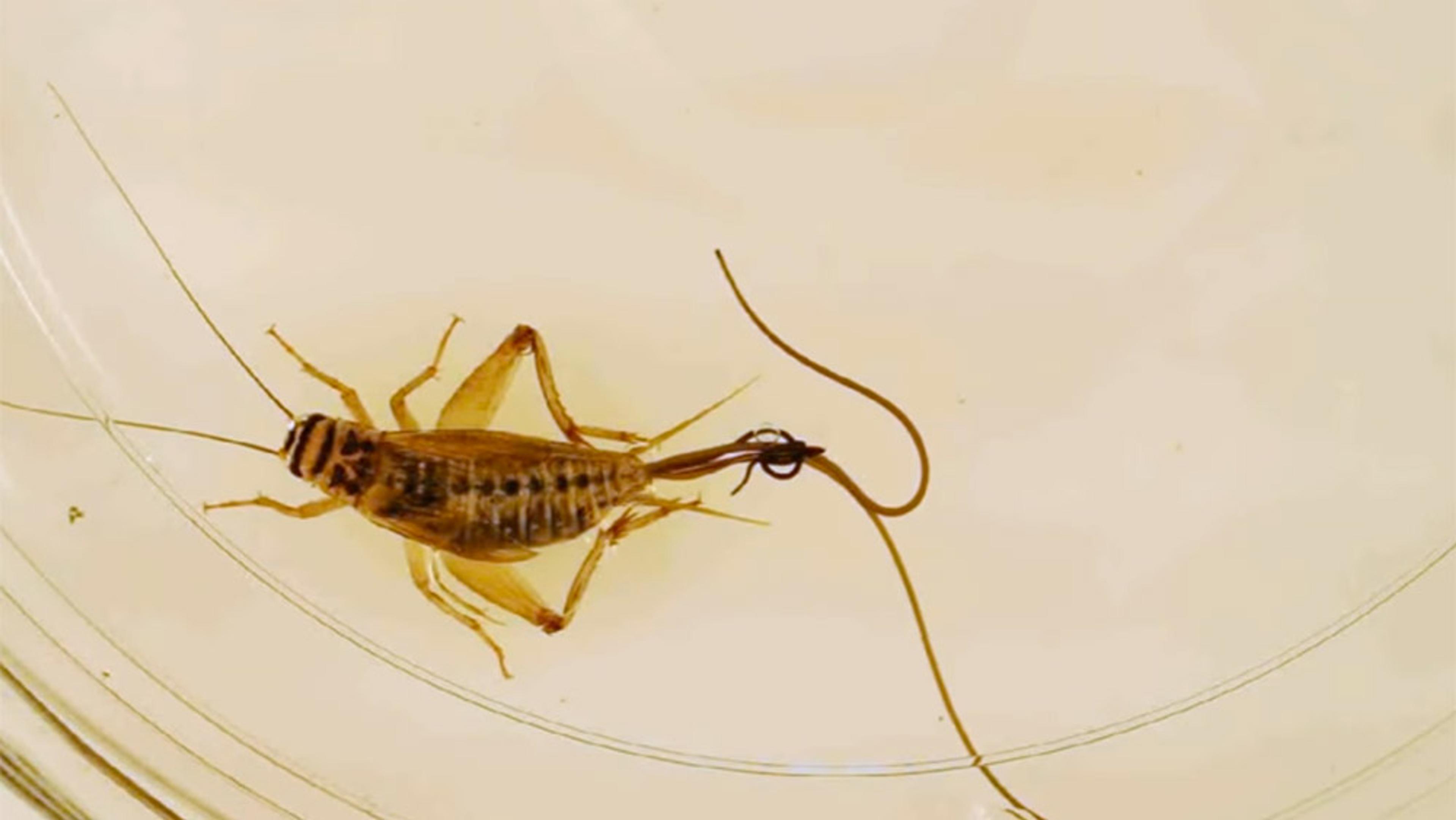
videoBiology
Mind control and zombification do exist. Just look at these crickets
5 minutes
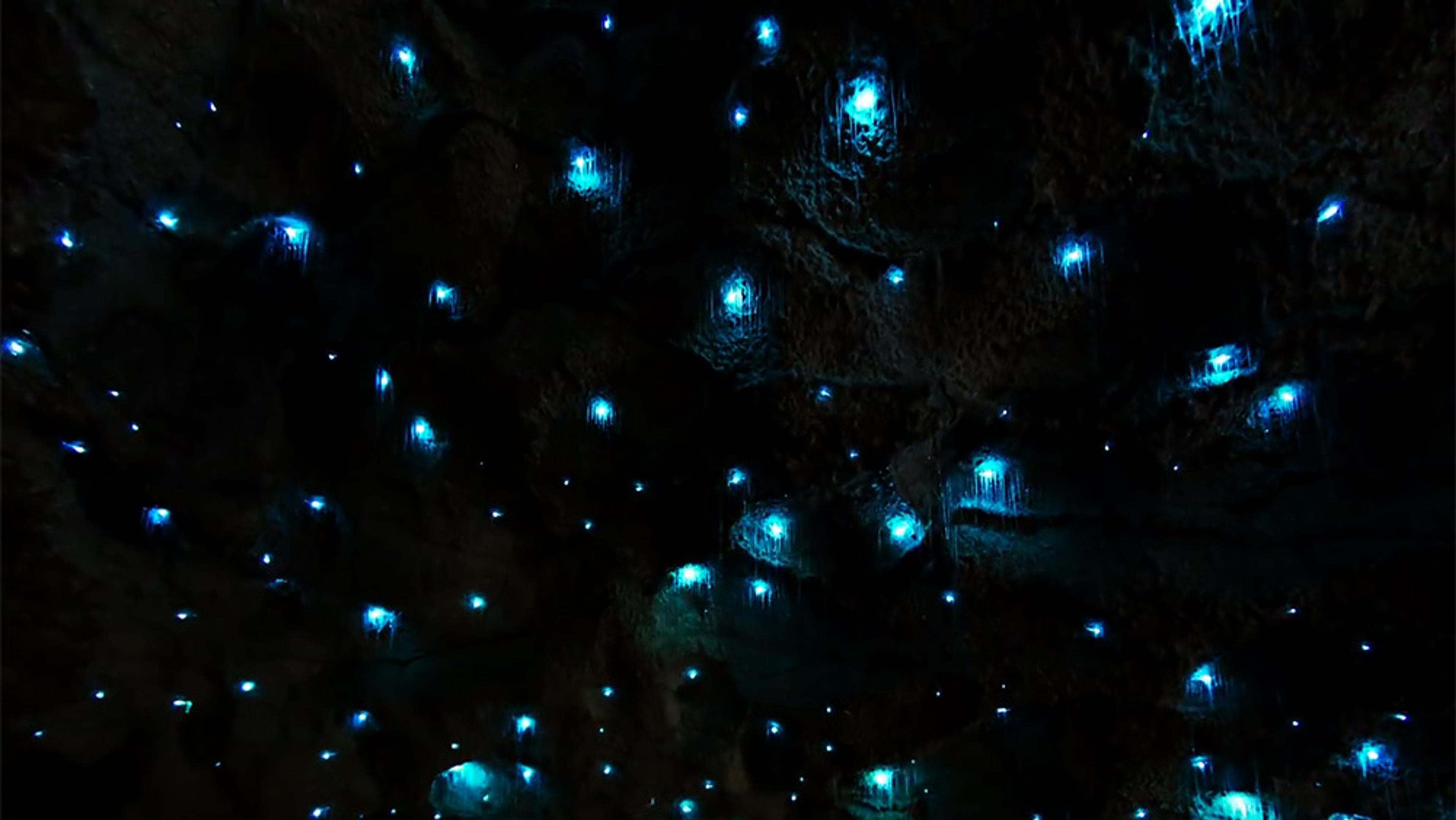
videoBiology
Glow worms mimic stars, creating a stunning faux night sky in a New Zealand cave
4 minutes

videoBiology
Do we finally understand why winged insects seem drawn to light?
7 minutes

videoBiology
Cape sundews move, react and attack in a way that seems more animal than plant
4 minutes
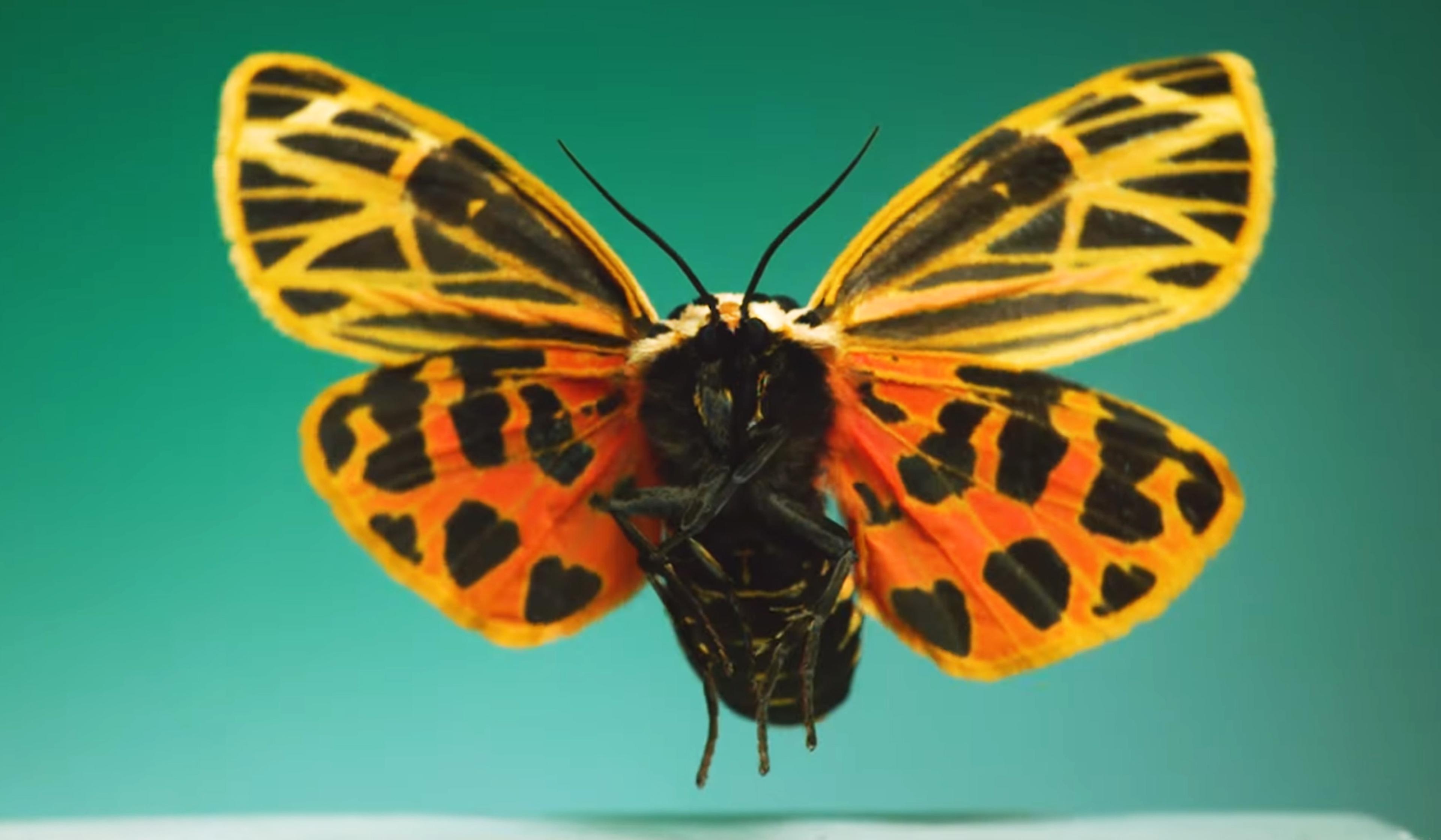
videoBiology
There’s no one way for an insect to fly, but they’re all amazing in close up and slo-mo
7 minutes

videoEvolution
Female black widows have a murderous reputation, but do the males have it coming?
6 minutes
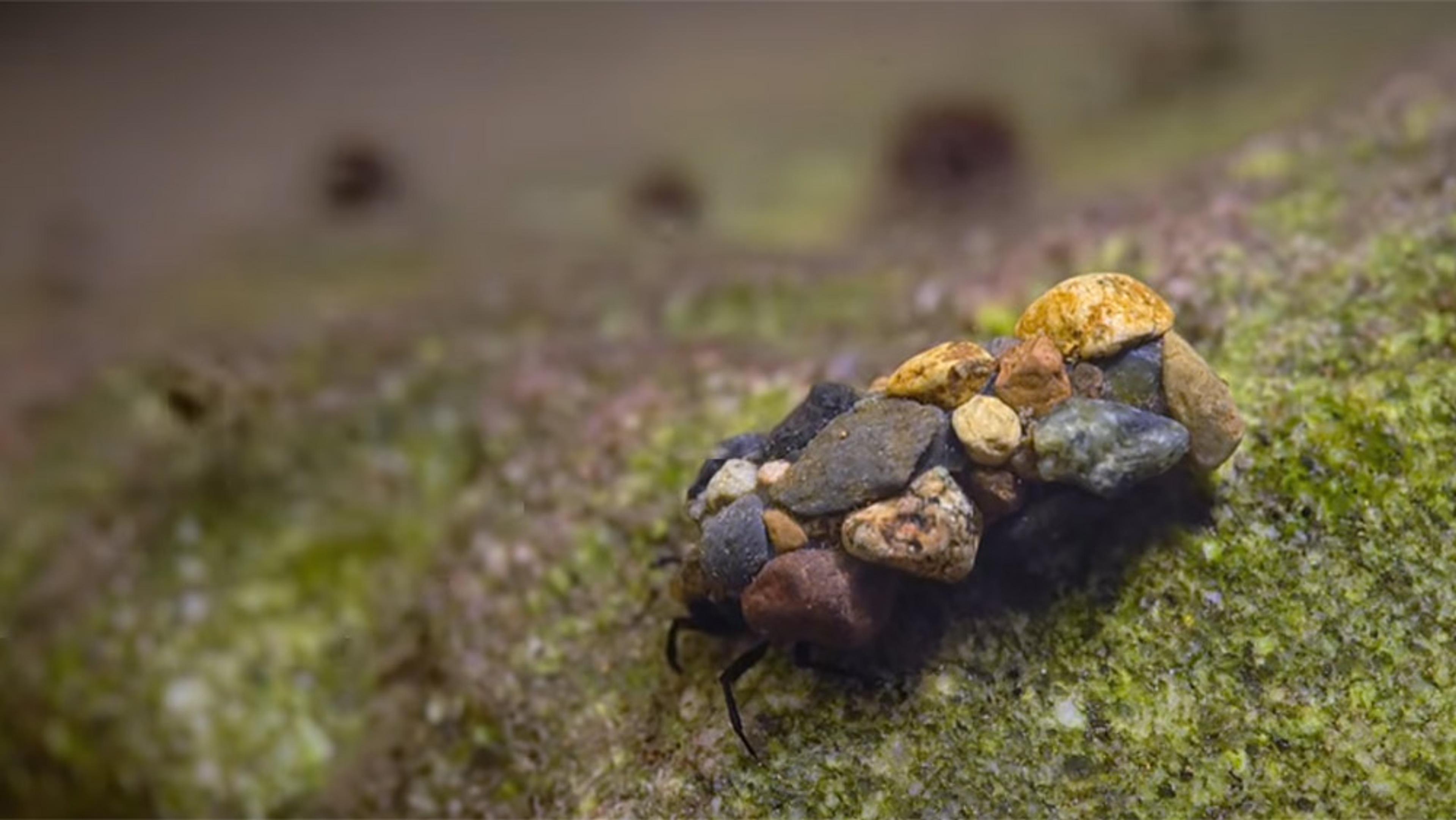
videoEvolution
When life is but a stream, insects need something extra-sticky to survive
4 minutes

videoBiology
‘Save the parasites’ may not be a popular rallying cry – but it could be a vital one
11 minutes